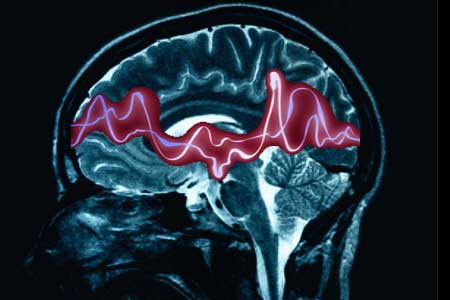Vandaag ontving ik een email van een tinnituspatient met daarin een vraag over aan welk type neurostimulatie ten behoeve van de behandeling van tinnitus wij in Delft werken. Hieronder staat mijn antwoord, in de hoop dat het ook van nut kan zijn voor andere mensen.
Beste [naam afzender email],
In Delft proberen we de medische technologie een duwtje in de rug te geven door technische oplossingen te bieden voor de technische problemen waarmee medisch specialisten geconfronteerd worden in hun behandeling van patienten. Op het gebied van tinnitus werken we binnen mijn Sectie Bioelectronics nauw samen met Prof. Dirk de Ridder, verbonden aan de Universiteit van Otago in Dunedin, Nieuw Zeeland, en ook verbonden aan de tinnituskliniek van het St. Augustinus Ziekenhuis in Antwerpen. Omdat de TU Delft zelf geen medische bevoegdheden heeft moet ik iedere vraag t.a.v. behandeling of proefpersonen dus naar hem doorverwijzen.
Ik weet niet of Prof. de Ridder samenwerkt met Dr. Mark Williams. Ik vermoed dat ze elkaar zeker goed zullen kennen.
Ten aanzien van de neurostimulator waar wij in Delft aan werken: deze is bedoeld voor implantatie in het lichaam voor zeer ernstige vormen van tinnitus en werkt op basis van elektrische stimulatie, dus door middel van het elektrisch contact maken met de gehoorschors en deze stimuleren met elektrische pulsen. De ontwikkeling van dit type stimulator zal uiteindelijk moeten worden overgedragen aan een bedrijf dat ervaren is in het op de markt brengen van medische apparatuur voor implantatie, zoals Medtronic, St. Jude Medical, Biotronik, etc. Ik vermoed dat een dergelijke introductie pas op langere termijn mogelijk is, zeker niet binnen 5 jaar. Wel hoop ik met ons onderzoek en technische innovatie al op kortere termijn een bijdrage te kunnen leveren aan succesvolle dierproeven en klinische tests welke gebruik maken van nieuwe vormen van neurostimulatie t.b.v. de behandeling van tinnitus en aan het begrip van deze uitermate ernstige en vaak onderschatte aandoening waarover nog lang niet genoeg bekend is.
De stimulator zoals ontwikkeld wordt door de tinnituskliniek in Engeland, van Dr. Mark Williams, richt zich op mildere vormen van tinnitus en maakt veelal gebruik van een andere vorm van neuromodulatie: middels akoestische stimulatie. Deze akoestische stimulatie is bedoeld om de tinnitus te maskeren door middel van een harder, maar minder voorspelbaar, geluid, een beetje vergelijkbaar met wat er gebeurt wanneer mensen een ventilator aanzetten of luisteren naar zee-, trein- of andere “ruis-achtige” geluiden wanneer ze moeite hebben om in slaap te vallen. De App “White Noise” maakt hier gebruik van.
Ik hoop dat bovenstaande reactie antwoord geeft op uw vragen en ik wens u veel sterkte en succes.
Met vriendelijke groet,
Wouter Serdijn
—
Wouter A. Serdijn, PhD, F-IEEE, DL-IEEE
Head Section Bioelectronics
Delft University of Technology
Faculty of Electrical Engineering, M&CS
Mekelweg 4, 2628 CD Delft
The Netherlands
Phone/Fax: +31-15-278-1715/5922
Email: w.a.serdijn@tudelft.nl
serdijn@ieee.org
http://elca.et.tudelft.nl/~wout
http://bioelectronics.tudelft.nl







